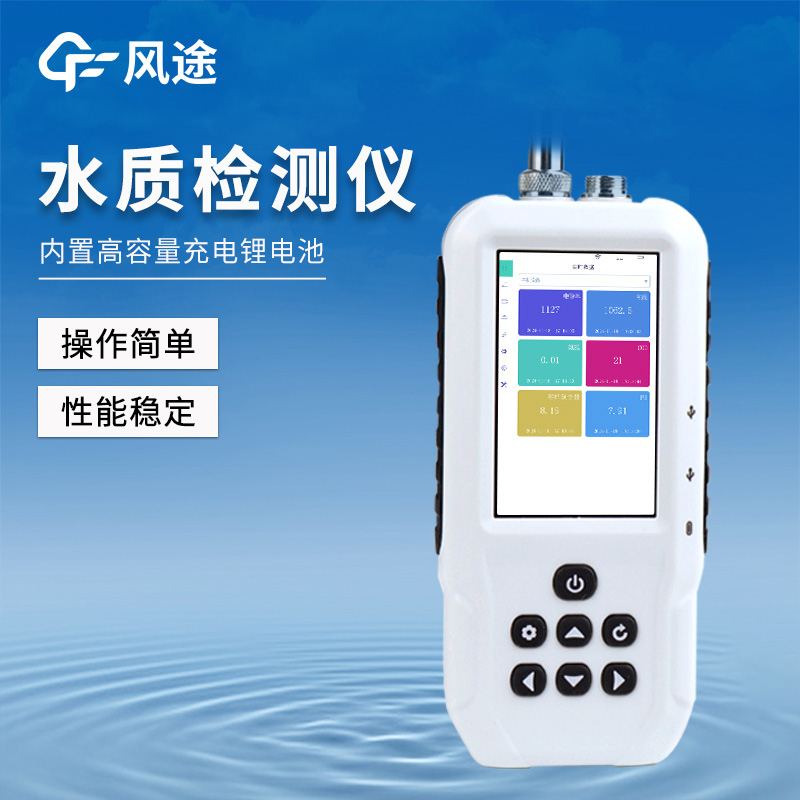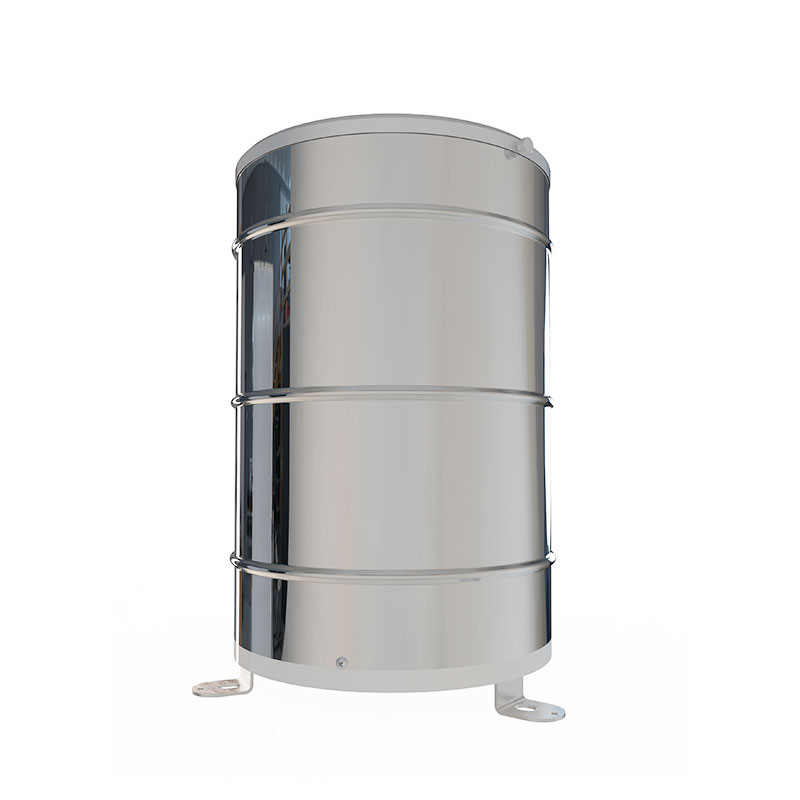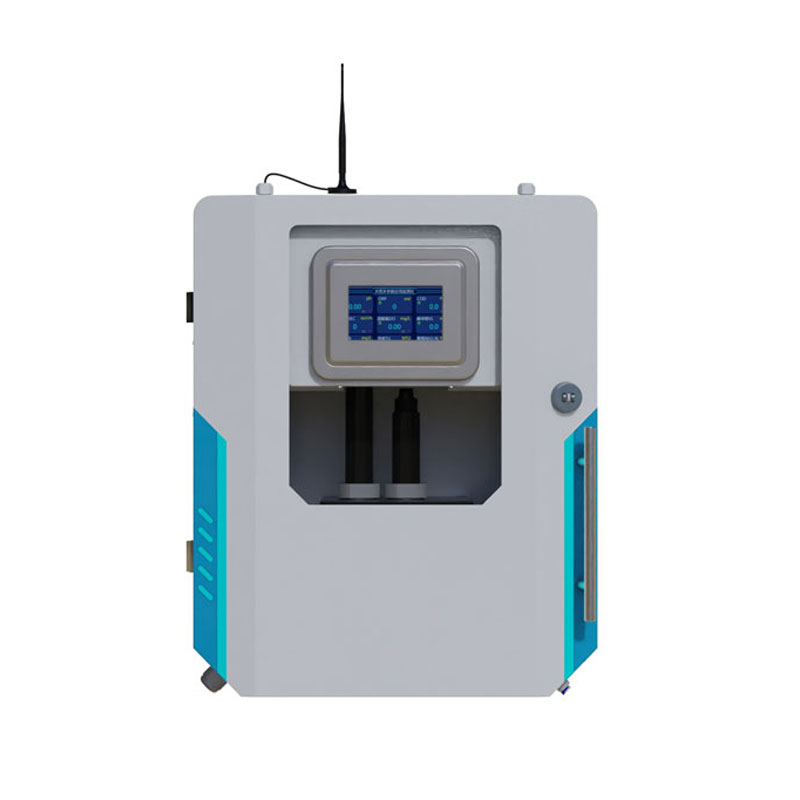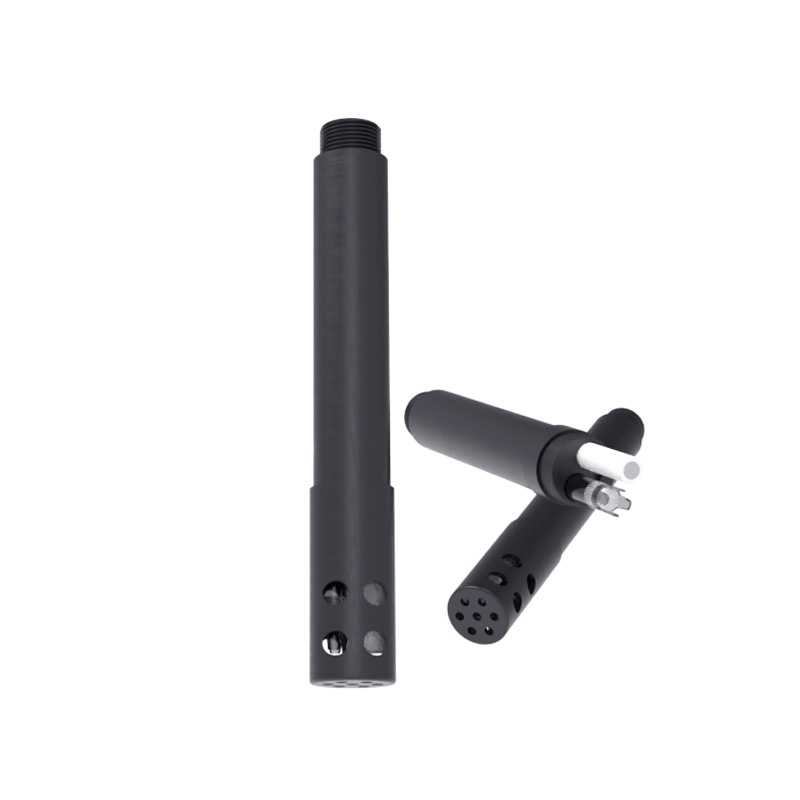In the field of water quality monitoring, dissolved oxygen (DO), together with pH value and electrical conductivity, constitutes the core parameter system for water quality evaluation. Dissolved oxygen specifically refers to the free - state oxygen existing in water in molecular form, and its concentration level directly reflects the self - purification capacity and ecological health of the water body.
From a metrological perspective, the determination of dissolved oxygen uses the mass concentration unit (mg/L), which is in sharp contrast to the volume percentage representation of the oxygen content in the atmosphere. This difference stems from the particularity of the water environment: the solubility of oxygen in water is restricted by multiple factors such as temperature, air pressure, and salinity, and its concentration value is often much lower than the oxygen content in the atmosphere.
As one of the "three conventional indicators" for water quality monitoring, the determination of dissolved oxygen plays an important role in water environment management. It can not only intuitively reflect the degree of water pollution but also be used to assess the metabolic activity and biodiversity of the aquatic ecosystem. In practical applications, dissolved oxygen monitoring data provides important scientific basis for fields such as sewage treatment, aquaculture, and environmental assessment.
Questions related to dissolved oxygen:
I. What factors affect dissolved oxygen?
The content of dissolved oxygen is closely related to the partial pressure of oxygen in the air and the temperature of the water. Under the conditions of 20℃ and 100kPa, the dissolved oxygen content in pure water is approximately 9mg/L. Once the water body is polluted, the organic or inorganic pollutants in the water will undergo biodegradation under the action of aerobic bacteria. This process requires the consumption of dissolved oxygen in the water, thus leading to a decrease in the dissolved oxygen content.
II. The impact of dissolved oxygen on water quality
By detecting the dissolved oxygen content in water, we can roughly judge whether there are pollutants in the water body. The dissolved oxygen value is an important basis for measuring the self - purification capacity of the water body. If the dissolved oxygen in the water can be restored to the initial level in a short time after being consumed, it indicates that the self - purification capacity of the water body is strong, which also means that the degree of water pollution is light; conversely, it indicates that the water body is seriously polluted, the self - purification capacity is poor, or even the self - purification capacity is lost.
III. The significance of measuring dissolved oxygen
When the dissolved oxygen value in water drops to 5mg/L, some fish will experience difficulty in breathing. When the water body is polluted by organic matter, the oxygen consumption increases sharply and the dissolved oxygen cannot be replenished in time. Anaerobic bacteria in the water will multiply rapidly, and the organic matter will rot, causing the water body to turn black and emit a foul smell. Therefore, as a key water quality parameter, the level of dissolved oxygen content directly reflects the water quality condition. Measuring dissolved oxygen helps us better treat the water body and provides support for human life, biological survival, and industrial applications.
The Portable Water Quality Meter FT - SS04 is a new - generation water quality detector launched by Fengtu, designed specifically for on - site rapid detection. It can meet the measurement needs of a variety of water quality parameters and is an ideal choice for fields such as environmental monitoring, aquaculture, and sewage treatment.
It can simultaneously measure multiple water quality parameters such as dissolved oxygen (DO), pH, electrical conductivity (EC), total dissolved solids (TDS), salinity, and temperature, meeting your diverse detection needs.
It is lightweight and portable, equipped with a sturdy waterproof box, allowing you to carry out water quality detection work anytime and anywhere.
It has a large - screen LCD display and a Chinese - menu interface, which is easy to operate and understand. Even non - professionals can easily get started.
It can store a large amount of detection data, facilitating you to view and analyze historical data at any time.
It will provide you with an accurate, reliable, and convenient water quality detection solution.

This paper addresses:https://fengtusz.com/industry/653.html









